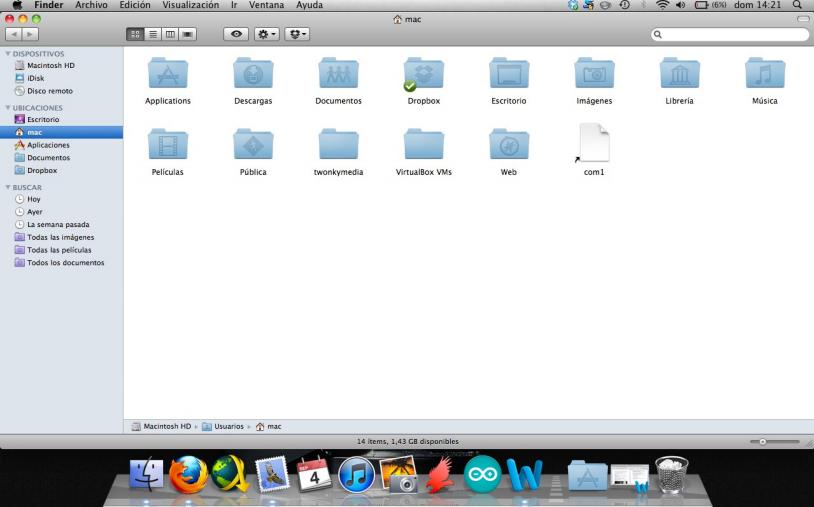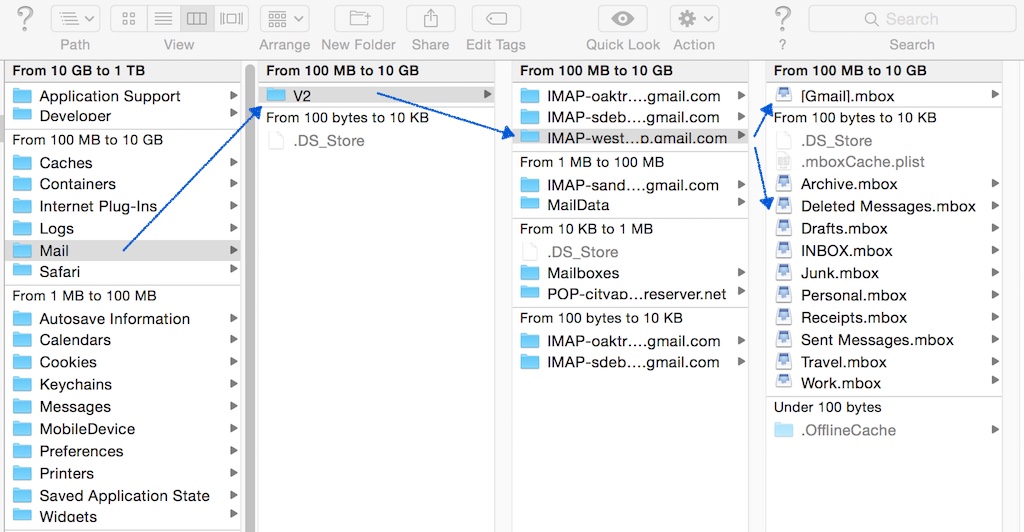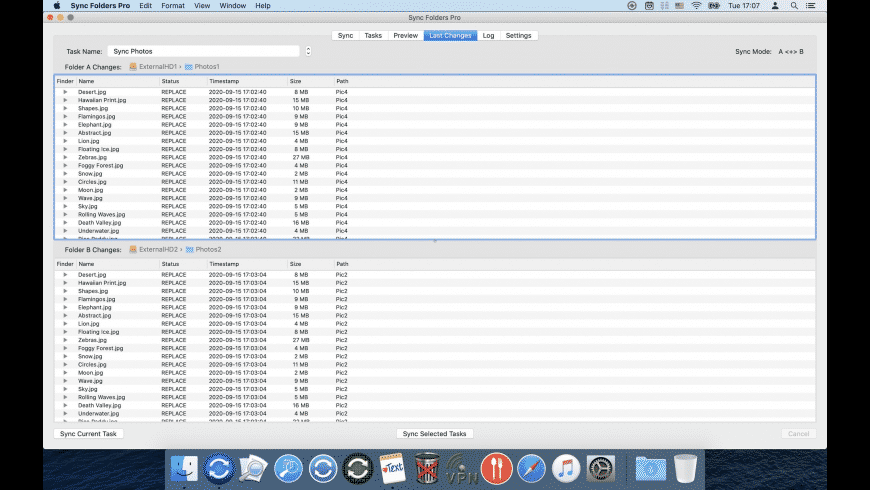

Starting from version 3.11.0 of the Desktop App, you can add or remove connected folders to Egnyte cloud from the context menu. To see what folders are connected for a specific drive, open the Advanced view. This is useful when connecting a folder to a location inside the user’s Private folder. ::egnyte_username:: can be used as a placeholder for the Egnyte username.
Sync folders pro mac instructions windows#
Starting from version 3.3 of the Desktop App, you can add or remove connected folders using the command-line tool supplied with Windows or Mac. Set up Connected Folders via command-line tool They work as normal, and the folders are automatically synced to Egnyte. There are absolutely no changes made to the user’s existing file structure, and users don’t have to do anything different once a folder is designated as a Connected folder. You determine which folders are “Connected” (often Desktop, Downloads, and Documents folders), and you determine where in Egnyte they are synced to, but it’s typically the user’s private folder. It’s a folder within a user’s existing file structure that is automatically synced to the Egnyte Cloud. One of the benefits of doing this is increased performance when working with large files, and it allows access to files when offline.Ī Connected Folder does the same thing but in reverse. Any changes between the folder on the hard drive or the corresponding folders in the cloud are kept in sync in real-time and allow access to files when offline.įrom the start, Egnyte supported the ability to sync an online folder to a user’s desktop. Setting up connected folders is particularly useful for linking library folders such as your Desktop, Documents, Pictures, and Downloads folders with folders in the cloud, which provides increased performance when working with large files.

Connected folders are any folders stored on your computer that are kept in sync with specified folders in the cloud.
Sync folders pro mac instructions Offline#
Files that are not available offline can only be accessed when you’re connected to the internet. Hard drive space is only used when you open files or make them available offline. With streaming, your files are stored in the cloud. You can access files through a folder on your computer. You can access your files at any time, even when you don’t have an internet connection or the Drive for desktop app running. With mirroring, your files are stored in the cloud and on your computer, which takes up hard drive space. In both cases, any changes you make to your files on one device will be reflected everywhere.

Mirroring and streaming are two ways to sync your files.


 0 kommentar(er)
0 kommentar(er)
